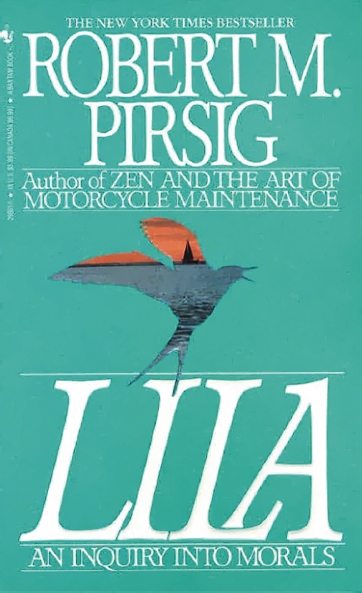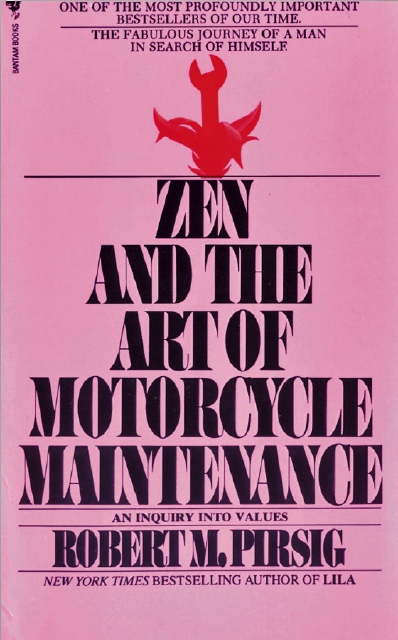Ride Out, Sail Back
A Conversation With The Author Of Zen And The Art Of Motorcycle Maintenance



Latest Article|September 3, 2020|Free
::Making Grown Men Cry Since 1992





